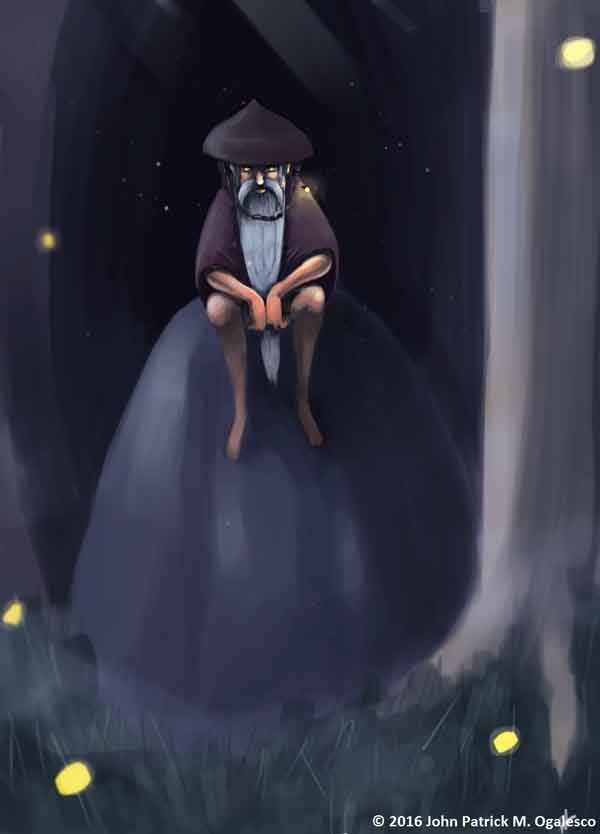Have you ever wondered why children are often reminded by their parents and older relatives to say “tabi tabi po” whenever they walk near anthills and termite mounds?
The answer lies in the belief that a race of little people called nuno sa punso reside in these mounds of soil. Since these little people are normally not visible to the human eye, saying the expression is a way of asking them to be on the side to avoid accidentally hitting them while you walk near their homes.
“Nuno” and “punso” are the Tagalog words for “ancestor” and “anthill”, respectively. Therefore, “nuno sa punso” can be literally translated as “ancestor in the anthill”. When stories about the nuno sa punso are translated to English, most writers would refer to them as dwarfs. However, dwarfs are a race of beings different from the nuno sa punso. According McCoy (n.d.), the dwarfs which originated from the pre-Christian mythology of the Norse and other Germanic people are known for being skilled metalworkers and craftspeople. They also avoid being exposed to sunlight. The rays of the sun will turn them to stone. The mentioned characteristics of dwarfs are not present in a nuno sa punso.
The nuno sa punso are generally described as old men with flowing beards. They stand as tall as a three-year old child. In some stories, they wear a salakot, a traditional wide-brimmed hat made of rattan or reeds. Female nuno sa punso are hardly-mentioned in folk stories.

The nuno sa punso are known to inflict illness on people who dare to disturb their dwelling place. Common punishments for the offenders include high fever, body pain, and swollen genitals (for peeing on their anthill). Suspected victims of the nuno sa punso are advised to seek help from an albularyo, a practitioner of traditional medicine. The albularyo will perform a ritual known as pagtatawas. It is performed by lighting a candle and allowing its melting wax to pour inside a basin filled with water while prayers are being whispered. The figure formed from the melted wax in the basin will be interpreted by the albularyo to determine the cause of the patient’s illness. Shortly afterwards, the albularyo together with the victim will visit the dwelling place of the nuno sa punso to make an apology for the offense committed. An animal sacrifice – often a white chicken – may also be required to soothe the anger of the nuno sa punso.
References:
McCoy, D. (n.d.). Dwarves. Retrieved May 23, 2017, from Norse Mythology for Smart People: http://norse-mythology.org/gods-and-creatures/dwarves/
Credits:
- Raven Del Mundo for the nuno sa punso artwork
- Teresa Garcia, Marikit Patalot, and my sister Jessa for suggestions regarding the content
- Johnly Llanto for providing additional information about the article
Philippine and Japanese folklore researcher and enthusiast. Currently working as a full-time Information Technology professor in a university in Laguna.


